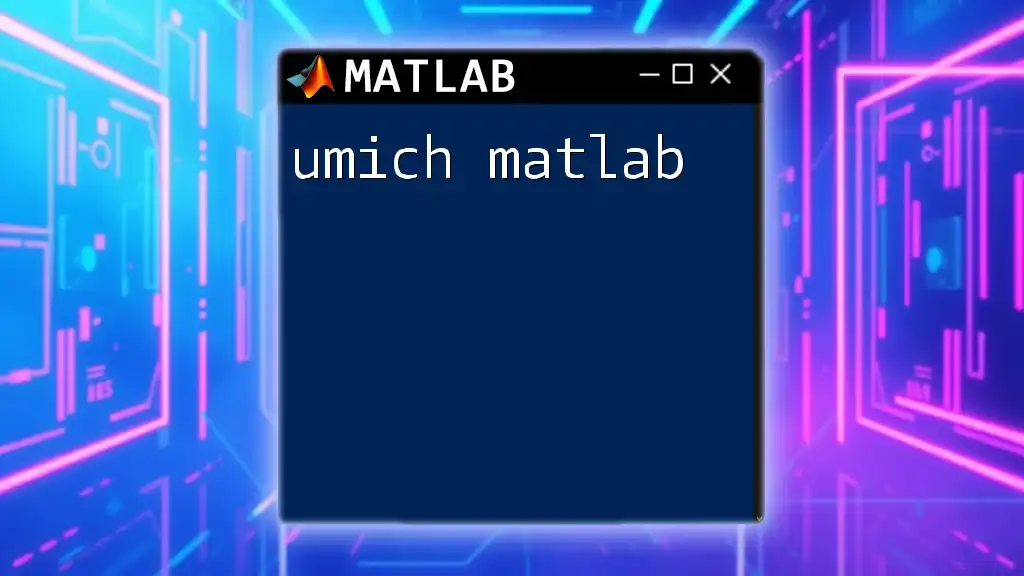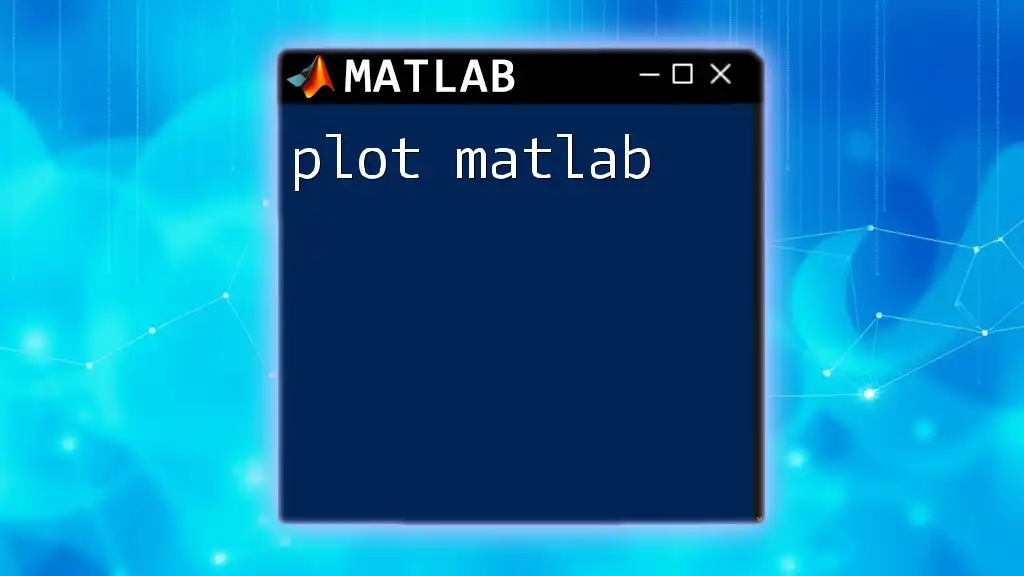The `chol` function in MATLAB computes the Cholesky decomposition of a positive definite matrix, allowing for efficient solutions to linear systems and optimization problems.
Here’s a simple example of how to use the `chol` command:
A = [4, 2; 2, 3]; % Example positive definite matrix
R = chol(A); % Perform Cholesky decomposition
What is Cholesky Decomposition?
Definition
Cholesky decomposition is a powerful mathematical technique used to decompose a positive-definite matrix into the product of a lower triangular matrix and its transpose. Specifically, if you have a matrix \( A \), the decomposition allows you to express it as:
\[ A = L L^T \]
where \( L \) is a lower triangular matrix. This method is particularly useful in various numerical methods, including solving linear systems, optimizing calculations, and enhancing efficiency in numerical simulations.
Mathematical Background
Understanding Cholesky decomposition requires a grasp of matrices and their properties. The primary requirement is that the matrix \( A \) should be symmetric and positive definite. This essentially means that all the eigenvalues of \( A \) must be positive. The decomposition has a wide array of applications in optimization problems, statistical analysis, and simulation methodologies.
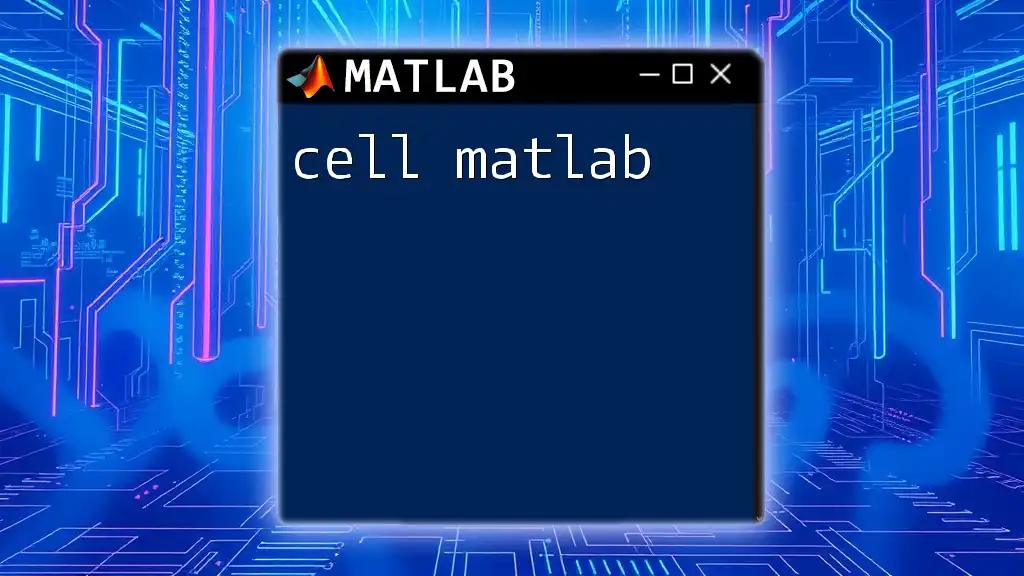
Using the `chol` Command in MATLAB
Syntax
In MATLAB, you can perform Cholesky decomposition using the `chol` function. The basic syntax is straightforward:
R = chol(A)
Here:
- `A` is the input matrix.
- `R` is the output, which represents the upper triangular matrix resulting from the decomposition.
Required Conditions
Before utilizing the `chol` command, it is essential to ensure that the matrix \( A \) meets the necessary conditions. The matrix must be symmetric (i.e., \( A = A^T \)) and positive definite.
Example of a Suitable Matrix
Consider the following example of a positive-definite matrix:
A = [4 2;
2 2];
This matrix fits the necessary criteria.
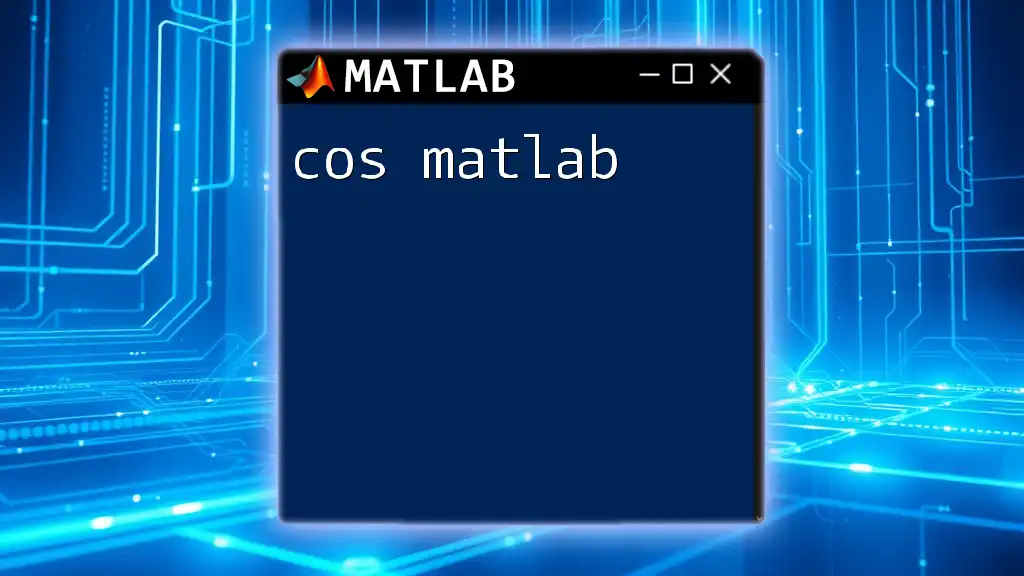
Step-by-Step Example
Example Matrix
Let's take the matrix \( A \) defined above:
A = [4 2;
2 2];
Perform Cholesky Decomposition
You can apply the `chol` function on the matrix like so:
R = chol(A);
After executing this command, \( R \) will contain the upper triangular matrix. For our example matrix \( A \), you might find that:
R =
2.0000 1.0000
0 1.0000
Verifying the Result
To ensure that your result is accurate, you can verify it by reconstructing the original matrix:
A_reconstructed = R' * R;
disp(A_reconstructed);
If everything is correct, `A_reconstructed` should closely resemble \( A \). Confirming this is crucial, as it validates that the decomposition and reconstruction process worked correctly.
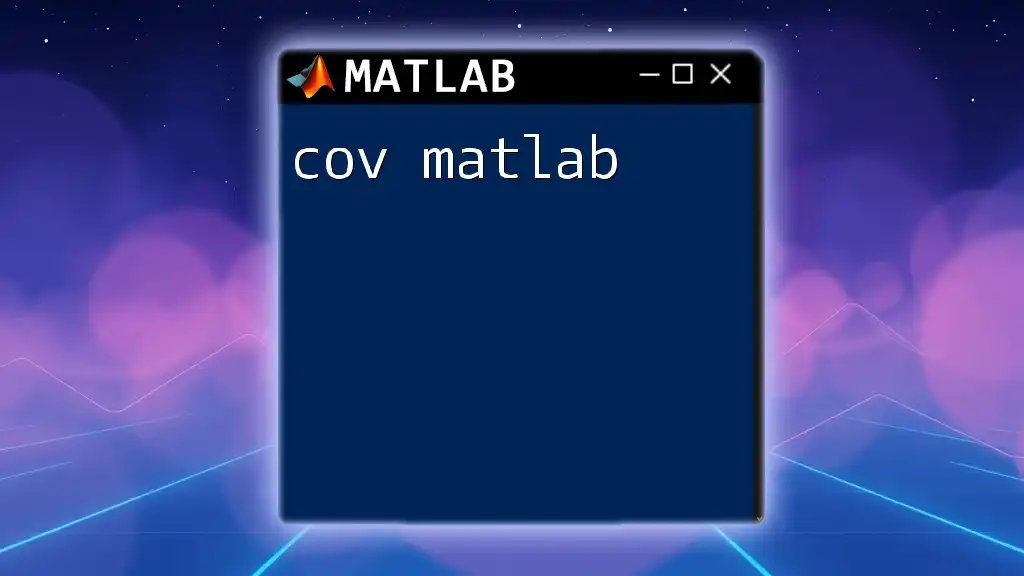
Handling Non-Positive Definite Matrices
Error Messages
When you try to perform Cholesky decomposition on a non-positive definite matrix, MATLAB will return an error message. For instance:
B = [1 2;
2 1];
R_B = chol(B); % This should throw an error
In this case, attempting to perform `chol(B)` will yield an error because matrix \( B \) fails the positive-definiteness test.
Using the 'lower' Option
In situations where you specifically need a lower triangular matrix, you can request it directly by using the 'lower' option:
R = chol(A, 'lower');
This command will provide the lower triangular matrix \( L \) such that \( A = L L^T \). This variant is particularly useful in certain applications, such as solving lower triangular systems directly.

Applications of Cholesky Decomposition in MATLAB
Solving Linear Systems
One of the most common applications of Cholesky decomposition is in solving linear systems of equations. Given a system represented as \( Ax = b \), you can use the result of the decomposition to simplify calculations:
- First, you can conduct forward substitution to solve \( Ly = b \) (where \( L \) is the lower triangular matrix).
- Then, use backward substitution to solve \( Rx = y \).
Here’s how you can do it in MATLAB:
b = [1; 1];
y = R'\b; % Forward substitution
x = R\y; % Backward substitution
By using Cholesky decomposition, you leverage the upper and lower properties of the matrices, significantly simplifying the computation.
Optimization Problems
Cholesky decomposition plays an important role in optimization problems. Specifically, it is commonly used in methods such as quadratic programming, where you solve optimization problems subject to constraints. The efficiency gained through Cholesky decomposition often leads to faster convergence in iterative algorithms.

Conclusion
Cholesky decomposition serves as a critical tool in numerical methods and matrix computations. The `chol` command in MATLAB provides a fast and efficient way to achieve this decomposition, allowing for simplification in various applications, from solving linear systems to tackling optimization issues. It is highly recommended to practice with different matrices to familiarize yourself with this powerful tool, ensuring that you can seamlessly apply it in your computational tasks in MATLAB.
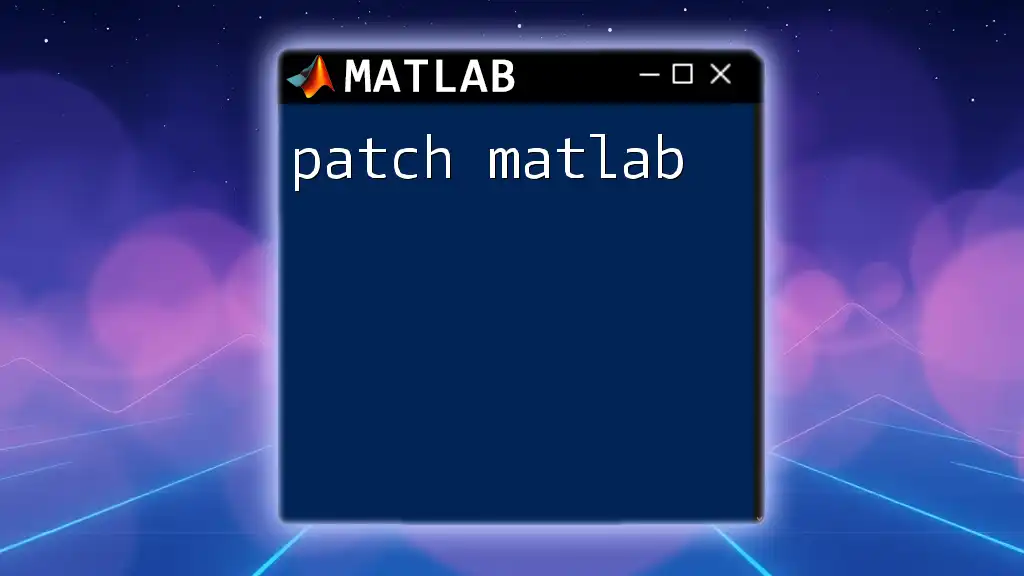
Further Reading and Resources
For those looking to deepen their understanding, consider visiting the MATLAB documentation on `chol`, engaging with books focused on numerical linear algebra, or exploring online courses that cover matrix operations in detail. This foundational knowledge will significantly enhance your skill set for using MATLAB effectively.







